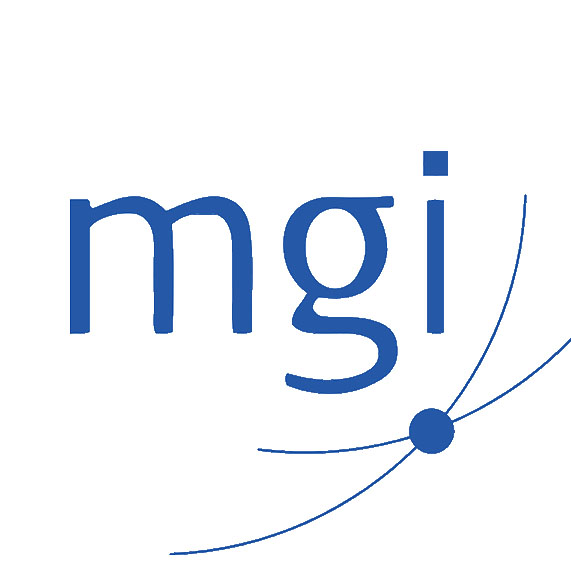The ATO are again taking aim at how Professional Services Firms allocate their profits to the owners with the announcement late last year that they will start contacting Professional Service Firms to “assist” them in managing those risks.
You might recall that in December 2021 the ATO issued PCG 2021/4 outlining the ATO’s compliance approach in regards to how profits are allocated within Professional Service Firms. The PCG was to apply from 1 July 2022, so the 2023 tax year will be the first year the ATO expects to formally apply its guidelines.
The PCG only applies to Professional Service Firms, which they define to mean “knowledge based services” including accounting, architecture, engineering, financial services, law, medicine and management consulting.
The object of the PCG is to determine the Firm’s risk level and as such, the level of engagement the Firm can expect from the ATO.
The ATO expects that the Principals/owners of Professional Service Firms will annually assess their eligibility to apply the PCG to determine their risk level.
The eligibility question is dealt with by two Gateways that the ATO expects Firms to satisfy in order to be able to use the PCG’s risk matrix.
The first Gateway requires that there is a genuine commercial rationale for the legal structure of the Firm and the way in which it is operated. Factors such as complexity, non-commercial terms or arrangements (including the amount of the salaries paid to Principals) and unusual risk mitigation strategies are taken into account in determining whether a Professional Firm can meet this gateway.
The second Gateway looks at whether the Firm and/or its principals exhibit any high-risk features. These are listed by the ATO to be:
- Non-arm’s length financing arrangements;
- An exploitation of accounting treatment versus tax treatment;
- Assignments of Partnership interests (so-called Everett Assignments); and
- Multiple classes of shares held by non-equity holders.
It is unlikely that these Gateways would preclude most Professional Service Firms from applying the PCG, however it is important that Firms, and their advisors, consider these Gateways in the first instance. For Firms and Principals that cannot pass both Gateways, the ATO’s PCG does not apply and they are not able to self-assess their risk factor, instead the ATO expects them to engage directly with the ATO to justify the position they have taken.
Where a Professional Services Firm has determined that it has satisfied the two Gateways, it can then undertake its 2023 Risk Assessment, using either the first two, or all three of the Risk Assessment Factors.
In our next article we will drill down into each of the three Risk Assessment Factors and outline how you need to calculate the outcome under each factor.
The first factor deals with the Principal’s share of their profit entitlement from the Firm. The second factor deals with the total effective tax rate for all income the Principal is entitled to receive for that year, whereas the third factor, which is optional, looks at the remuneration returned by the Principal as a percentage of the commercial benchmark for the Principal’s services.
If you have any queries in relation to the above, please contact our office on 08 9388 9744.







